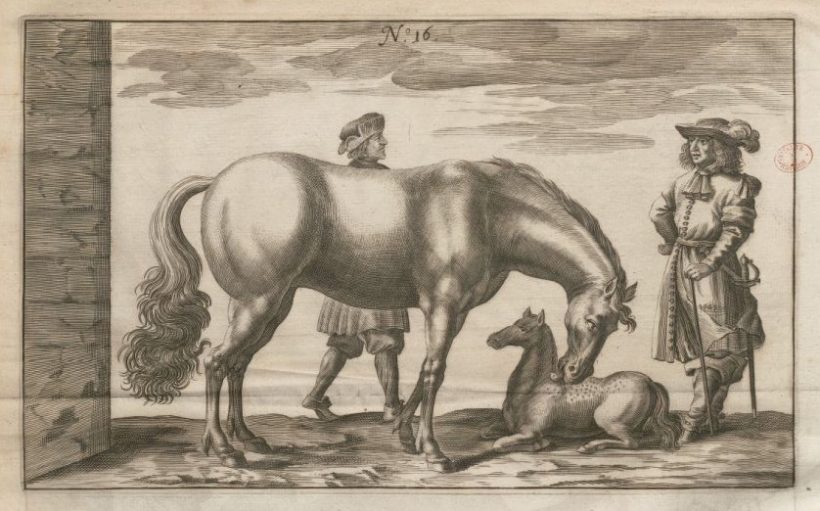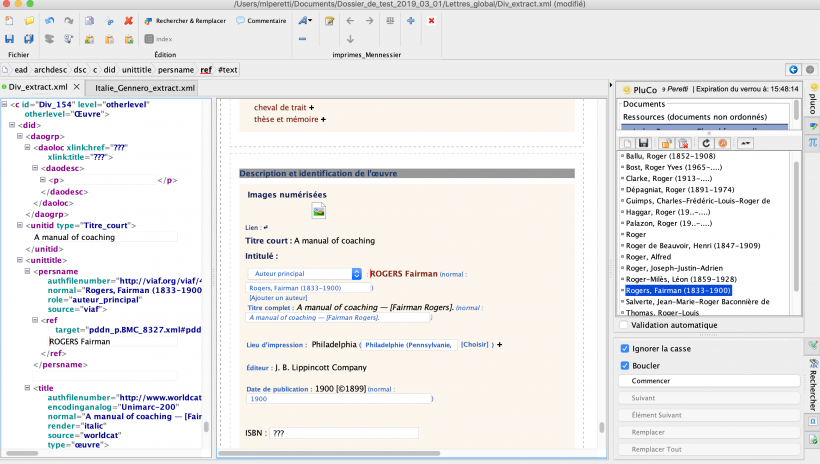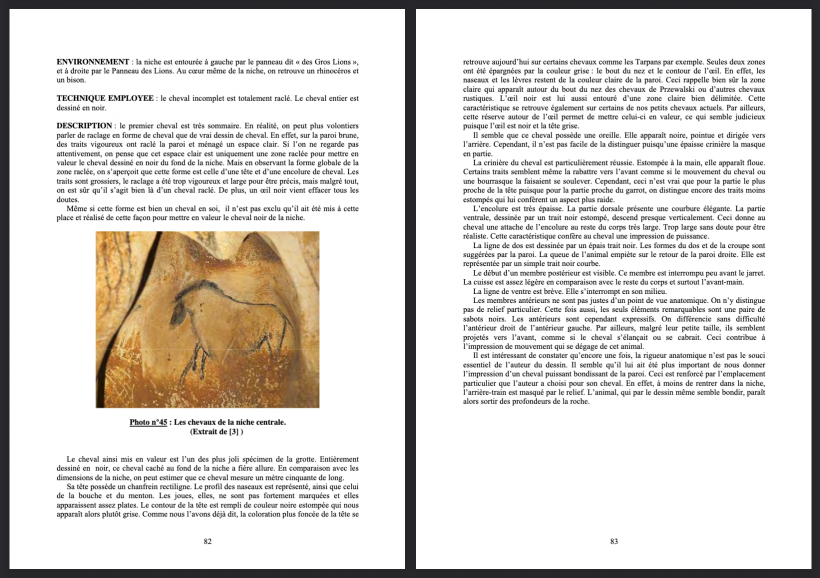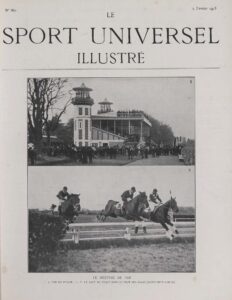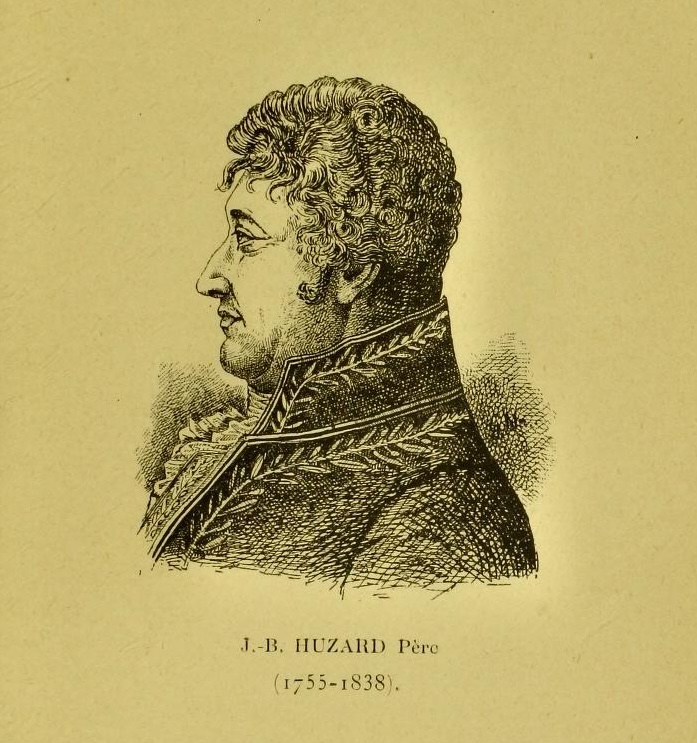
Huzard père, the man with 40,000 books
40,000. This is the impressive number of volumes in the library of Jean-Baptiste Huzard (1755–1838) , known as Huzard père, at the time of its last cataloguing.
In order to preserve this spectacular collection in its entirety and find a buyer, his widow, Marie-Rosalie Huzard (1767-1842), published a Notice sur la bibliothèque de J.-B. Huzard (Notice on the library of J.-B. Huzard) a year after his death, in which she set out the main principles of this immense collection amassed over more than sixty years.
The bookseller Pierre Vallat-la-Chapelle's daughter defended the history and the interest of her husband's scholarly library: “Huzard began buying books at the age of sixteen, and continued throughout his life, until he was eighty-four. [...]
It includes: A 16th-century manuscript on vellum parchment concerning veterinary medicine, enriched with a host of gold and colour vignettes: On the nature and virtues of horses, [...]
Another manuscript on the same subject is in old Neapolitan dialect: it is also on vellum parchment and contains two distinct works: the first has few drawings, but the second is full of them. These drawings are generally not very neat, but it is clear that the attitudes of sick horses are often painted from life. The figures representing the people in charge of administering the medicines are mostly cabalistic and very curious. A note at the end of the volume, and much later, indicates its title as follows: Tesoro de' cavali dove si trova tutte le infermità che pol vener a cavali con il modo di ben curar. The second part is entitled : Cest la mareschancie des cheuaulx [...]”
It summarises: “As we can see, [the library] has a particular character, there are almost no, or rather no, works of literature to be found there; but it offers the most complete collection of works on veterinary art and medicine, horse riding, riding schools, cavalry, stud farms, hunting, fishing and domestic animal husbandry, including silkworms and bees. It has one of the finest collections of agricultural books, one of the richest collections of works on the natural history of animals, and finally an interesting collection of travel books and works on comparative anatomy and medicine.”
Marie-Rosalie's legacy
Her mother, Marie-Catherine, took over the bookshop after the death of her father in 1772 and continued to publish works by Bourgelat , Lafont-Pouloti and Huzard père, who was then inspector general of veterinary schools. Marie-Rosalie married him in 1792. After the birth of their first son, Jean-Baptiste , she would run and develop the veterinary bookshop in the family tradition, and obtain her printer-bookseller licence. The collection that she was then defending can be consulted in the Notices des livres de fonds (Notices of the collection of books) published between 1798 and 1802 and kept at the BnF (French National Library).
Unfortunately, no one came forward to purchase it. The Huzard family had to resolve to draw up a complete catalogue in order to launch a public sale, the proceeds of which are unknown. The task was entrusted to Pierre Leblanc , a former printer and bookseller, who published it in 1842 in three volumes . Mennessier de La Lance commented favourably on them: ‘It is, despite a few errors, a valuable source of information, because with rare exceptions, Huzard owned everything that had been published on these subjects until 1837.’
The sale finally took place on Monday 6 March 1843, after the death of Marie-Rosalie.
Find out more:
· Jean-Baptiste Huzard père (1755–1838)
· Catalogue des livres, dessins et estampes de la bibliothèque de feu M. J.-B. Huzard (Paris, Mme Ve Bouchard-Huzard, 1842)
· Notice sur la bibliothèque de J.-B. Huzard (Paris, Imprimerie de L. Bouchard-Huzard, 1839, 16 p.)
· Marie-Rosalie Huzard (1767-1842) , née Vallat-la-Chapelle
· Marie-Catherine Vallat-la-Chapelle , widow of Pierre (17..-179..), née Bardé
